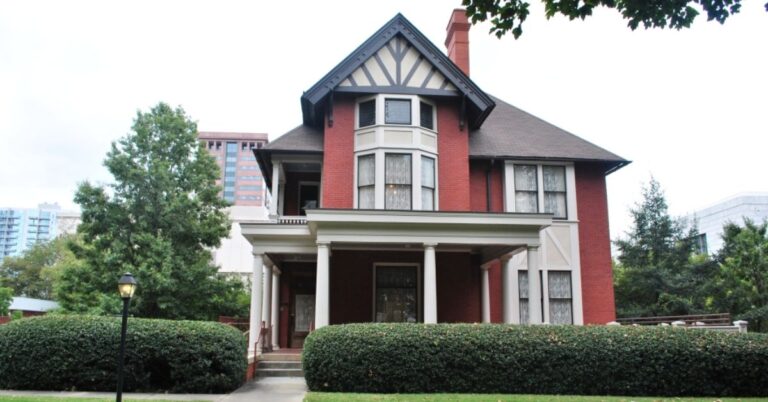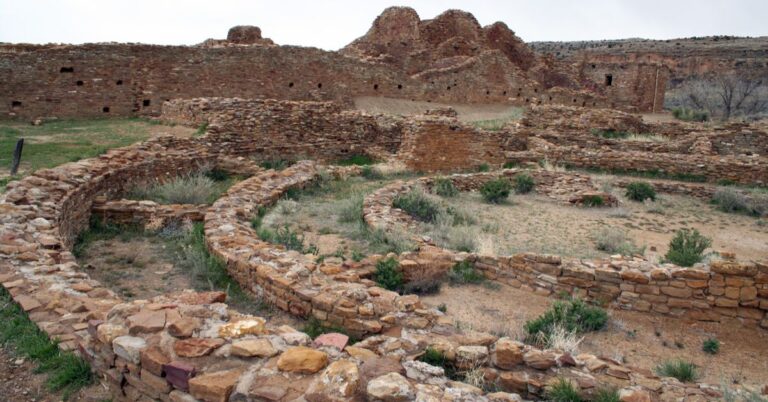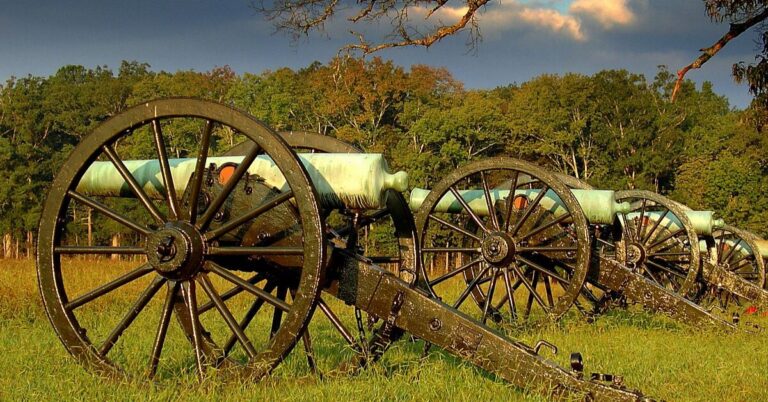15 Hidden Civil War Spots To Visit On Your Trip To The South
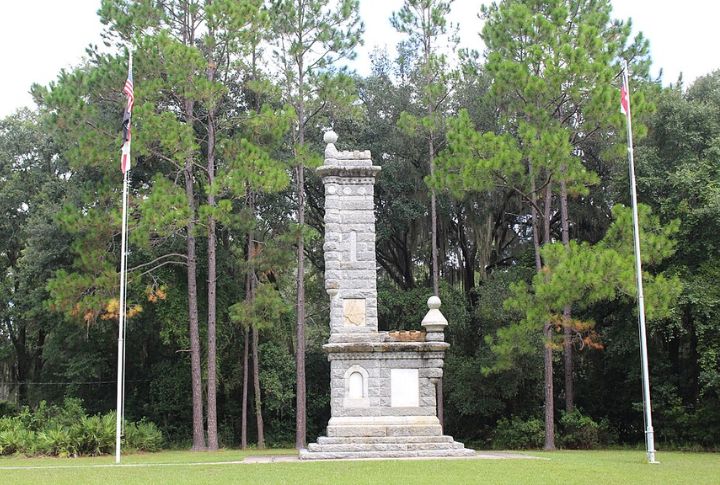
Everyone knows Gettysburg and Antietam, but what about the quiet corners where history lingers without the crowds? The South holds stories buried in moss or erased from mainstream memory. Let’s uncover these overlooked Civil War landmarks, starting with a few spots you won’t find on your typical tour map.
Fort Blakely, Alabama
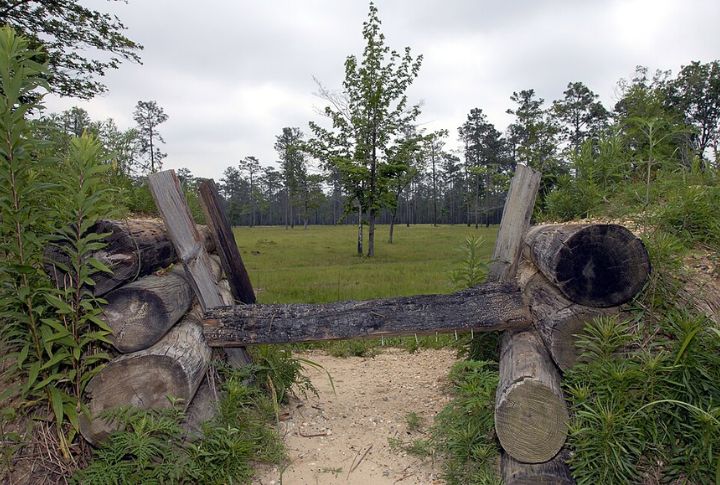
Long after Lee surrendered at Appomattox, Union and Confederate troops were still clashing there. Fort Blakely’s April 1865 battle was among the final fights, deadly and mostly forgotten. Now peaceful and shaded by pines, it echoes with the irony of a conflict still raging after peace agreements were signed.
Port Hudson, Louisiana
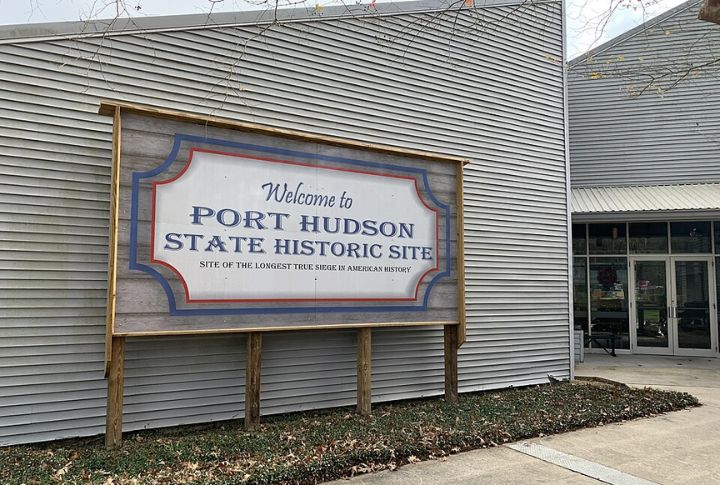
Before emancipation became law, Black soldiers at Port Hudson fought with unmatched courage during the 1863 siege. Their bravery challenged prejudiced assumptions in real-time. The site today holds that legacy with quiet reverence, a place where walls and earthworks whisper the grit of those who redefined what freedom meant.
Battery White, South Carolina
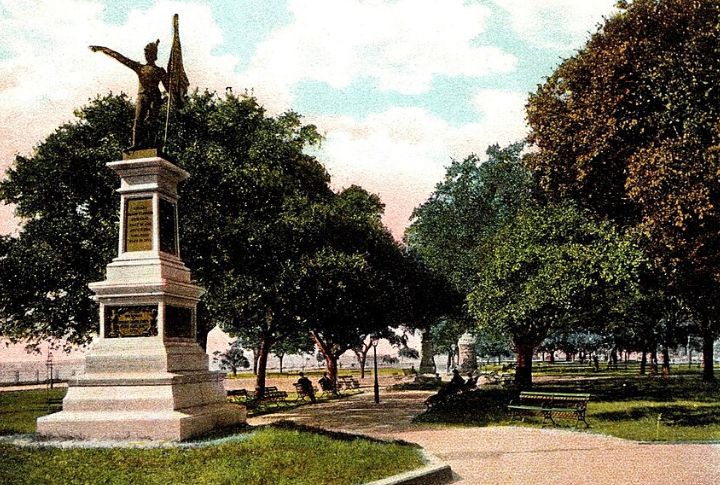
Battery White in Georgetown might appear as just a grassy mound today, but during the Civil War, it bristled with heavy artillery defending Winyah Bay. This coastal fortification highlights the strategic importance of South Carolina’s shores. Though rarely visited, it reflects the quiet tension of battles that never erupted.
Fort Southerland, Arkansas
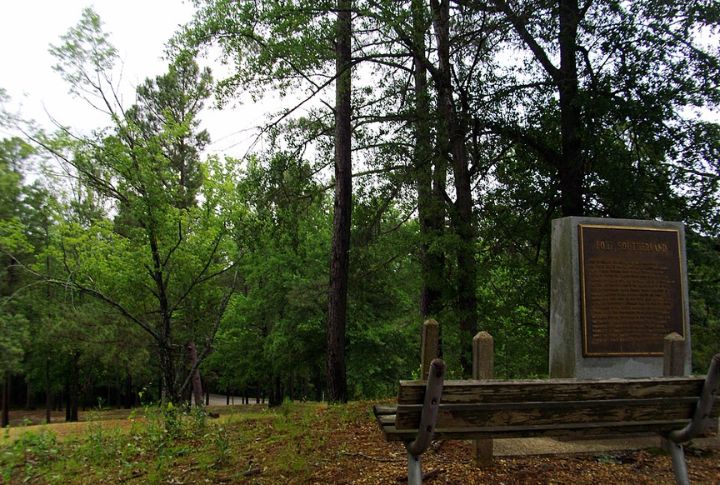
Located in a quiet neighborhood, Fort Southerland hides in plain sight. Though a secondary Confederate position during the 1864 Red River Campaign, it still witnessed action. Now preserved as Fort Southerland Park, its earthen walls offer a glimpse into how even minor sites contributed to the sprawl.
Okolona, Mississippi
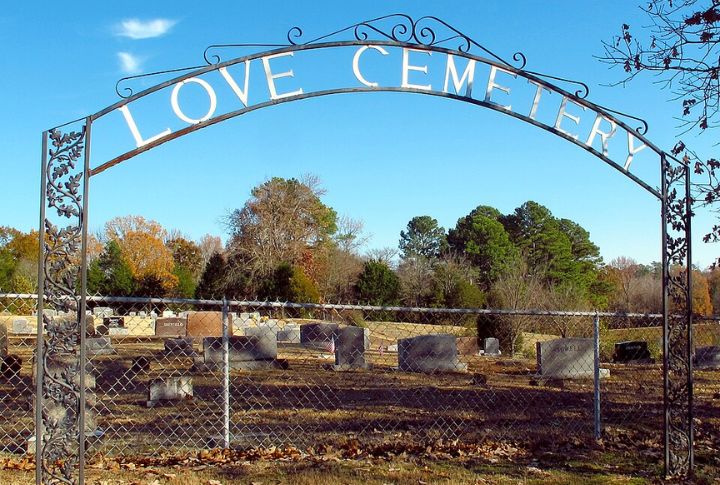
Okolona’s battlefield is quiet now, but it saw a sharp cavalry clash in February 1864 during Sherman’s Meridian Campaign. Forrest’s Confederate troops outmaneuvered Union forces here. While the field lacks clear markers, a small cemetery nearby holds weathered stones that keep its story from vanishing.
Thompson’s Station, Tennessee
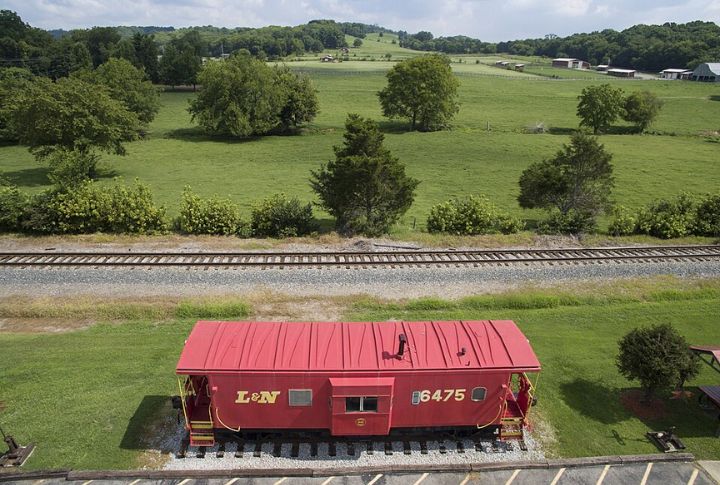
The rolling hills around Thompson’s Station once shook with the thunder of hooves and gunfire. In March 1863, a fierce cavalry fight left hundreds dead and shifted control in Middle Tennessee. Today, markers hint at the bloodshed, but the land’s stillness hides how hard it was fought for.
Camp Moore, Louisiana
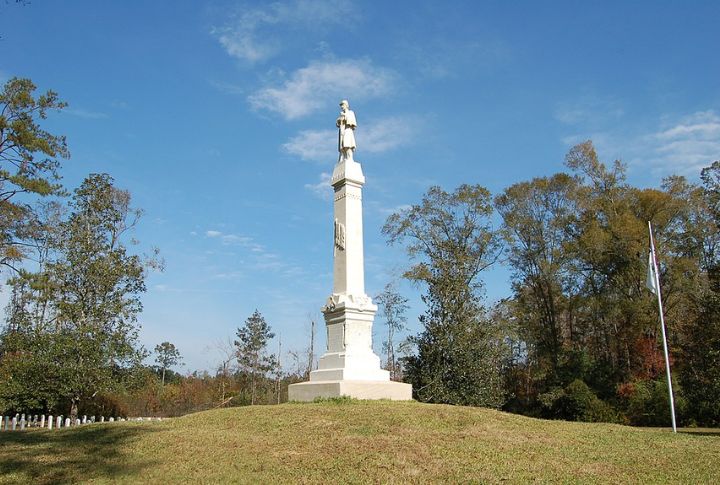
Once the largest Confederate training camp in Louisiana, Camp Moore trained thousands before fading into obscurity. The cemetery remains quiet and filled with young men who never made it to the battlefield. It’s a somber glimpse into the war’s beginnings, far from the front lines.
Olustee Battlefield Historic State Park, Florida
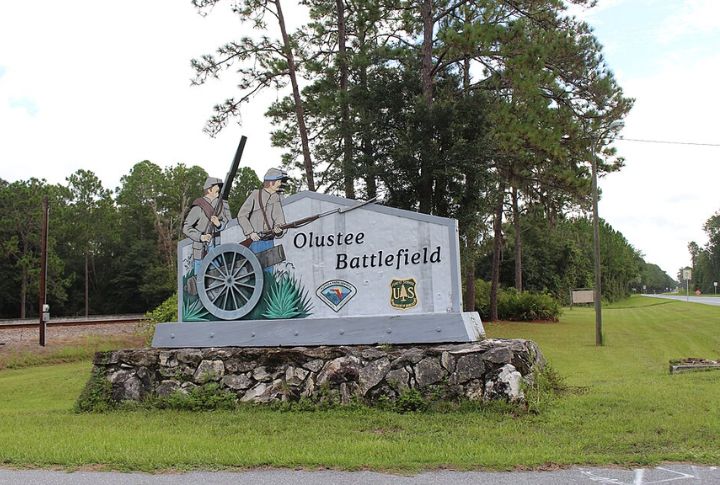
Florida’s beaches overshadowed the past of its struggle. However, Olustee Battlefield near Lake City saw brutal combat. On February 20, 1864, Seymour’s misstep led to a Confederate rout and nearly 2,000 Union casualties. Today, earthworks and quiet trails mark Florida’s largest and bloodiest CW site.
Front Royal, Virginia
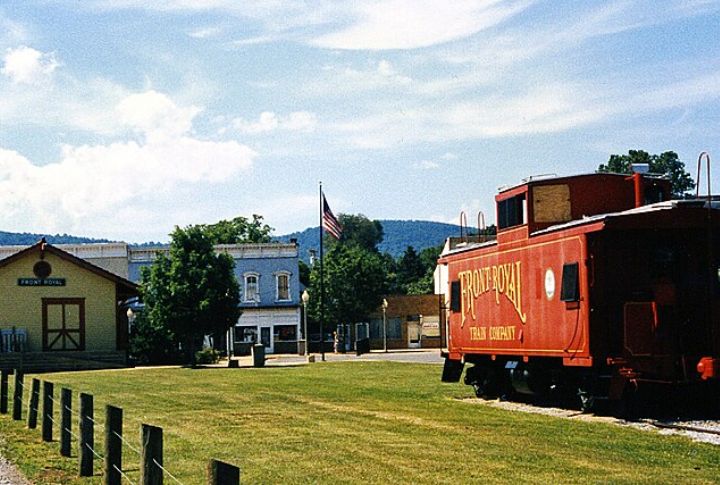
It was never just a quaint town. Front Royal sat at a critical junction—railroads and roads converged here, which made it a target. In 1862, Stonewall Jackson’s forces seized it in a surprise assault. Now, the streets carry echoes of marching boots and cannon fire.
Sabine Pass Battleground State Historic Site, Texas
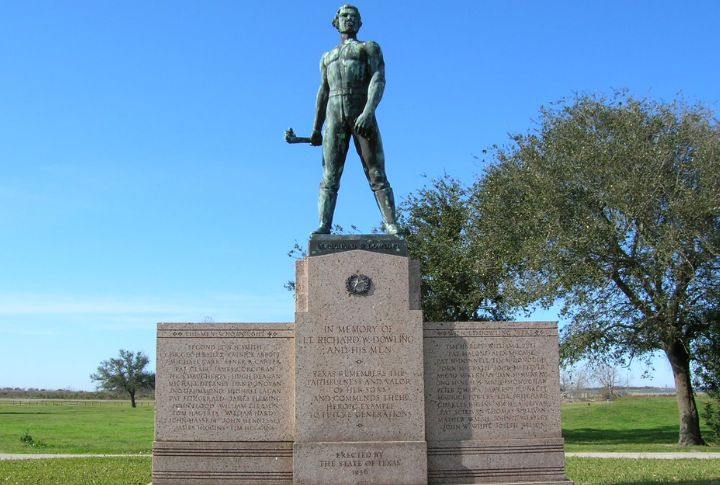
On September 8, 1863, Lt. Richard Dowling and 47 Confederates at Sabine Pass, Texas, used six cannons to halt a Union invasion. They captured two gunboats and stunned nearly 5,000 troops. As of now, a replica fort marks this bold, improbable stand in Southern history.
Parker’s Crossroads, Tennessee

Parker’s Crossroads saw chaos unfold in minutes—Union troops advanced quickly, catching Confederates off guard, while General Forrest famously ordered, “Charge both ways!” His swift tactic avoided encirclement. Though peaceful now, the site remains a tribute to rapid battle decisions and razor-thin margins.
Resaca, Georgia
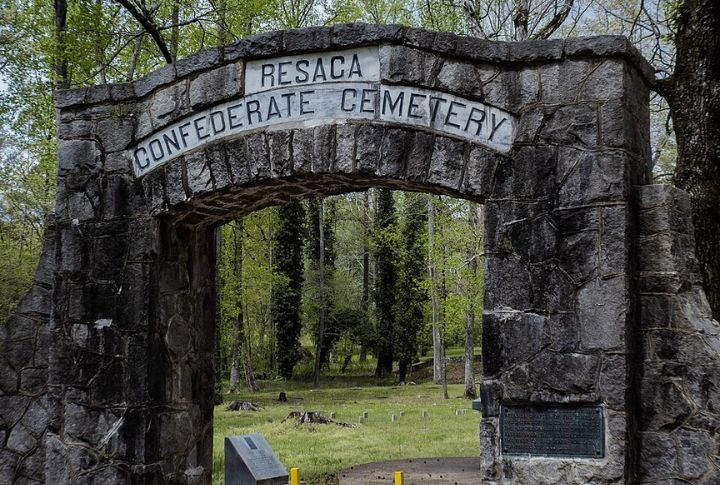
Resaca saw fierce fighting during Sherman’s Atlanta Campaign. Unlike better-known sites, its trenches remain nearly intact because it’s rare and hauntingly preserved. Walk the ridgelines and you’ll find few signs or crowds, only the shapes of war carved into the land like scars that never faded.
Fort Jackson, Louisiana
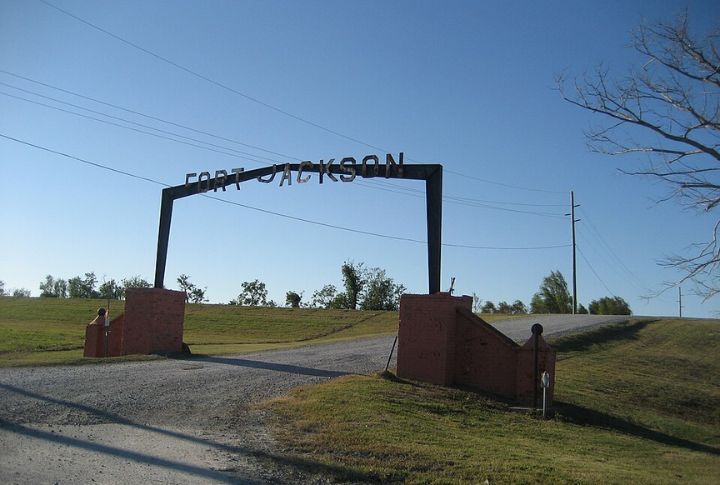
Guarding New Orleans, Fort Jackson absorbed Union fire in 1862 during a ferocious naval bombardment. Its brick walls and star-shaped design held firm until they didn’t. When the city fell, this bastion’s role was done. Visitors now walk its battered grounds where river tides once clashed with cannon smoke.
Poison Spring Battlefield State Park, Arkansas
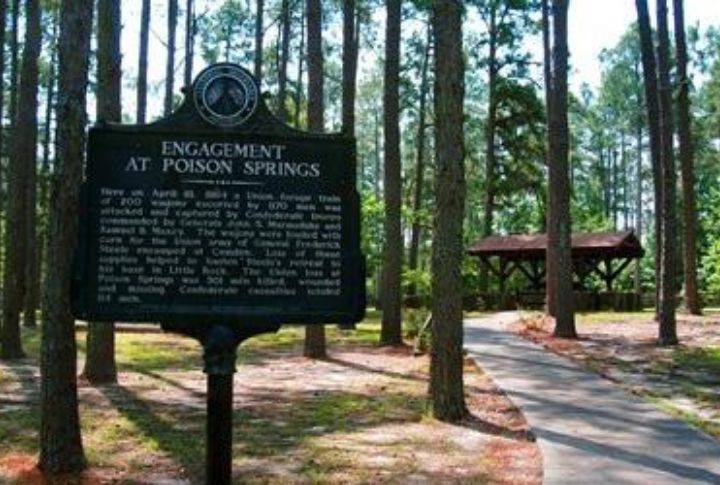
On April 18, 1864, Confederate forces ambushed Union troops gathering corn from nearby farms by wrecking their supply effort. Black soldiers of the 1st Kansas Colored Infantry were brutally massacred after surrendering. Today, the park’s old paths hide the dark history buried beneath them.
Saltville, Virginia

Saltville was critical to Confederate food preservation. In 1864, two brutal battles unfolded here, including a massacre of wounded Black Union soldiers. The town’s preserved trenches still whisper the grim costs of controlling a simple but strategic resource.




